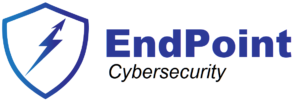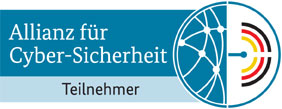Accelerating feature delivery in software development
My company develops security products for all major operating systems. We work with startups and with big companies, all striving to develop features (functional and non-functional) as fast and as good as possible.
While on the first view this seems like a contradiction, there are actually ways of implementing exactly this.
For security software development teams aiming to deliver features more frequently, streamlined processes and efficient workflows are essential.
You guessed, the keywords are agile methods with the related activities such as automated testing, strategic prioritization, agile delivery, efficient workflows, regular and early feedback.
Below are several approaches that emphasize frequent and reliable delivery.
Define requirements with speed in mind
Clear, concise requirements set a strong foundation for quick delivery. Ensuring each feature has straightforward objectives and well-defined acceptance criteria reduces delays caused by back-and-forth clarifications. For security-focused teams, requirements should include key security considerations without overloading the development process. By clarifying expectations from the start, developers can stay on track, avoiding unnecessary revisions and accelerating overall delivery. This being said, also do not change the direction too often (called Pivoting). If you don’t allow feature to “sit”, the product will never reach maturity.
Setup incremental, agile delivery
Breaking down feature development into small, manageable increments supports faster delivery. Rather than waiting for a full release, an incremental approach allows developers to deliver small updates frequently. This Agile-inspired method brings quick wins, shortens feedback cycles, and lets teams adjust direction as needed based on real-world usage. Incremental delivery ensures that new functionality reaches users sooner, making the product more responsive to changing needs.
Optimize for efficiency
Security doesn’t have to slow down delivery. By embedding secure coding practices into the team’s daily workflows, developers can build security right into each feature rather than adding it at the end. Code reviews focused on security can be streamlined with checklists or automated tools, keeping the process efficient. This “security-first” mindset ensures that features remain secure while minimizing delays, as there’s no need for last-minute security fixes.
Invest in CI/CD
Automated testing is key to quick, reliable feature deployment. Automated tests that cover basic functionality and security requirements provide instant feedback, allowing developers to identify and address issues faster. Implementing continuous integration (CI) tools that automatically trigger these tests during development helps the team validate new features on the go. By automating tests, the team gains more time for development and can release updates with minimal manual intervention.
Integrating DevSecOps practices into the development pipeline enables seamless security without slowing down delivery. Automated security checks within the CI/CD pipeline provide fast, reliable security validations, allowing developers to address issues before deployment. This approach keeps the pipeline moving smoothly, as security checks become an integrated part of the process, rather than an additional step that slows down delivery.
Encourage collaborative and efficient workflow
Encourage open communication between developers, security teams, and testers to streamline workflows. Collaborative sessions for discussing roadblocks or coordinating on shared goals help prevent bottlenecks. An open environment where team members share updates and resolve issues collectively accelerates progress by addressing concerns in real time. By emphasizing collaboration, teams can work faster, catching potential blockers early and adapting quickly to new requirements.
Use regular retrospectives to identify and remove delivery obstacles
Post-release retrospectives focused on delivery efficiency help identify and eliminate roadblocks. By analyzing each release or sprint for delays and other issues, teams can identify specific pain points in the development or deployment process. These retrospective sessions allow the team to adjust practices and improve their ability to deliver quickly, refining the workflow with each iteration.
The post Accelerating feature delivery in software development first appeared on Sorin Mustaca on Cybersecurity.


